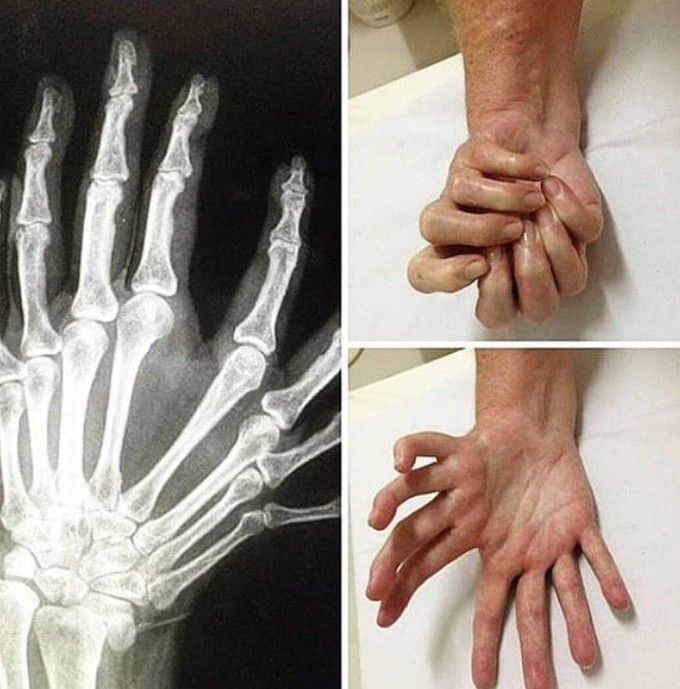

Polydactylism
Polydactyly is one of the most common congenital hand deformities managed by orthopaedic surgeons. It is most often found in isolation; however, rarely, it may be associated with genetic syndromes. Polydactyly is classified as postaxial, preaxial, or central depending on the radioulnar location of the duplicated digits. Postaxial polydactyly, which affects the ulnar side of the hand, is most common and is typically managed with excision or suture ligation of the supernumerary digit. Preaxial polydactyly, which affects the thumb or radial side of the hand, often requires reconstructive techniques to ensure a functional, stable thumb. Central polydactyly is much less common, and reconstruction can be challenging.
The question is that how extra digits will be excised or removed? And does it really need to surgery? And if yes why is dangerous? Or is just unsightly?!
Does a patient has also different/more than normally muscles, and is he able to control each finger at will?
Since the patient can make a fist I would say the extra fingers are functional
It seams the supernumerary digits would be useful...piano comes to mind, however the psychosocial effects could be devastating as people would react agast, like denelle, with these anomalies. Sharing the reconstruction follow up would be appreciated. thanks for sharing.

